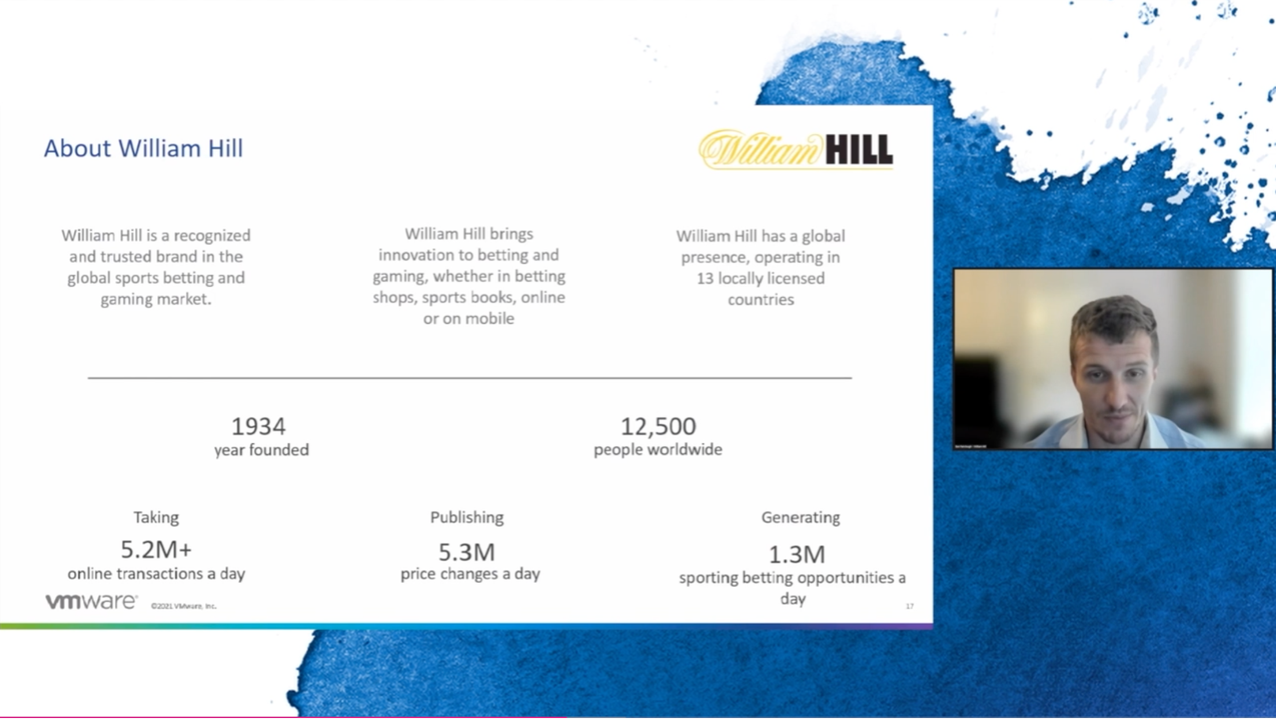A commonly used term in the sports betting world is handicapper. A handicapper is a person who analyzes sports events to predict the winning team or player. This person (or team) focuses on all the moving pieces in a chaotic or high-stakes environment to make business-critical decisions. Similarly, in managing a multi-cloud environment, organizations have a lot at stake, and they must make crucial operational choices for the sake of security and the end-user experience. Having the ability to spot challenges in advance when moving through a multi-cloud journey will make the difference between success and failure. We’re going to look at three of the key multi-cloud challenges organizations face, as well as a real-life customer success story, William Hill, and how they overcame some of their biggest obstacles in their quest for multi-cloud success.
3 Roadblocks to Multi-Cloud
Regardless of where your organization started, there are three primary challenges you will likely face in moving to multi-cloud. To begin, every cloud is different in the way that it operates. This creates issues when it comes to connecting services across different cloud environments. Second, each cloud has its own methods and APIs when it comes to securing workloads. Thus, the process can lose consistency when different clouds are trying to communicate with one another. Lastly, providing a winning end-user experience requires strong observability within a multi-cloud environment. If that doesn’t exist, the bread and butter of your enterprise is at stake.
So, how do you move past these roadblocks?
There are three must-haves to keep in mind — and to keep you calm, cool, and collected when facing the challenges of multi-cloud:
- Organizations need a centralized connectivity model. Without it, apps will not be able to migrate efficiently between on-premises locations, VMC domains, and cloud-native domains.
- Distributed security, providing micro-segmentation across all your different domains, is non-negotiable. With this level of security, organizations will be able to implement Advanced Threat Protection (ATP) to combat threats while adjusting to the cloud.
- Incorporating observability is key. After all, you can’t protect what you can’t see. Organizations need a way to leverage simple, granular visibility across domains.
The William Hill Story
William Hill is a well-recognized and trusted brand in the global sports betting and gaming industry. Founded in 1934, they operate in 13 countries, service over 12,500 people worldwide, and generate over $1.3 million sports betting opportunities per day. Their goal is to continue to bring innovation to the gaming and betting market, whether that be in betting shops, sports books, online, or in mobile applications.
Over 2019 and 2020, William Hill started to move all development and pre-production services to VMC; they began operating fully in a hybrid cloud configuration in 2021. While on their journey to multi-cloud, William Hill had to contend with some serious complicating factors. Not only did they focus on the three key issues — connectivity, security, and observability — but they looked at snags they were running into within each category. To name a few, they dealt with bandwidth, compliance, latency, customer experience, licensing, app dependencies, and management.

Succeeding with VMware Solutions
With so many moving parts during a migration, William Hill had to figure out how to get ahead and stay ahead of its key challenges. They established initial communication between their internal William Hill Cloud (WHC) and their external, heritage driven infrastructure. VMware’s Transit Connect allowed the WHC and non-WHC cloud to speak to each other with low latency and high security to facilitate end-user betting needs.
In addition to Transit Connect, William Hill utilized advanced NSX Firewall capabilities to gain the observability they needed to ensure secure transactions within their new multi-cloud environment.
All In on the Multi-Cloud Journey
William Hill’s success story shows that any organization can — and must — plunge into a multi-cloud transition. There is a digital acceleration taking place on a massive scale across industries, and the payoff is big when executed correctly.
Replay the Multi-Cloud Networking and Security with the Modern Network VMworld 2021 session to hear more about William Hill and maneuvering through a modern network now. For more VMworld 2021 networking instant replays, visit our on-demand library.


Comments
0 Comments have been added so far